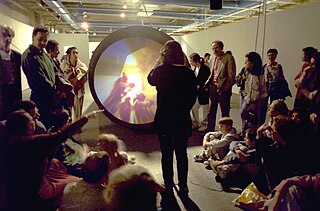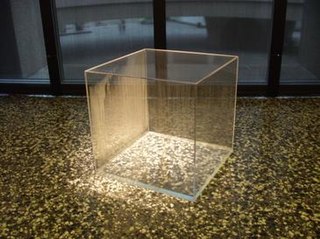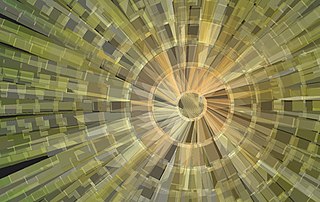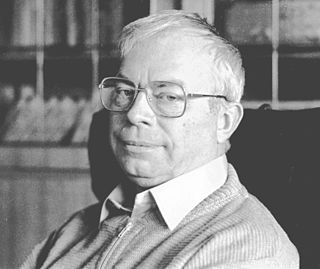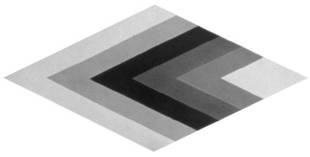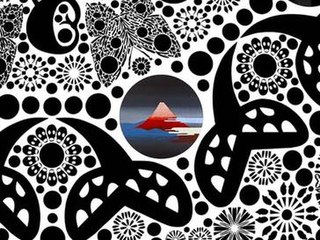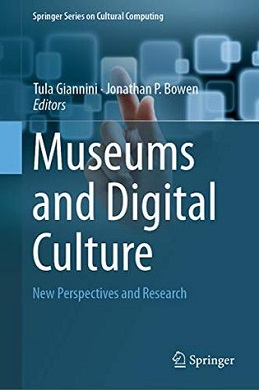Selected exhibitions
Ernest Edmonds, De Montfort University Gallery Leicester UK
Constructs, Colour, Code: Ernest Edmonds 1967–2017
Ernest Edmonds, Conny Dietzschold Gallery, Sydney
Transformations: Digital Prints from the V&A collection, Royal Brompton Hospital, UK
Light Logic. Site Gallery, Sheffield, UK
Selected New Acquisitions. Victoria and Albert Museum, London
Intuition and Integrity, Kinetica, London; Lighthouse, Brighton; Lovebytes, Sheffield, Phoenix, Leicester
Transformations: Digital Prints from the V&A collection, Great Western Hospital, Swindon, UK
Visualise Poetry, Language, Code, Cambridge, UK
Grid Gallery, Vivid festival, Sydney
When Ideas Become Form—20 Years, Conny Dietzschold Gallery, Sydney
Cities Tango, Conny Dietzschold Gallery, Sydney and ISEA, Belfast
Ernest Edmonds and Alf Loehr, Conny Dietzschold Gallery, Sydney
Speculative Data and the Creative Imaginary, National Academy of Sciences Gallery, Washington DC
ColorField Remix, WPA\C Experimental Media Series (performance), Corcoran Gallery of Art, Washington DC
White Noise, Australian Centre for the Moving Image, Melbourne
Ernest Edmonds and David Thomas, Conny Dietzschold Gallery, Sydney
Minimal Approach… Concrete Tendencies, Tin Sheds Gallery, University of Sydney
Australian Concrete Constructive Art, Conny Dietzschold Gallery, Sydney
SIGGRAPH Art Exhibition, Los Angeles
GRAPHITE Art Exhibition, Singapore
Sonar2004Festival, Barcelona
Global Echos. Mondriaanhuis, Amersfoort
Constructs & Reconstructions, Loughborough University
2000: Relativities, Bankside Gallery, London, and tour
Galerie Jean-Mark Laik, Koblenz Science in the Arts—Arts in Science, Hungarian Academy of Fine Arts, Budapest
Digital Arts, The Mall Gallery, London
Friends of Mesures. Vervier and Antwerp
SISEA, Groningen—collaborative performance
Avant Garde 1990, Manege, Moscow
Art Creating Society. Museum of Modern Art, Oxford
Heads and Legs. Liege (one-person) including a collaborative performance
Constructivism versus Computer. Galerie FARO, World Trade Centre, Rotterdam
Re-Views: Contemporary systematic and constructive arts. The Small Mansion Arts Centre, London
Null-Dimension. Galerie New Space, Fulda (and 1989, Gmunden, Austria)
Duality and Co-existence. Exhibiting Space, London (one-person).
2nd International Drawing Biennale. Middlesbrough Art Gallery, Cleveland, and tour
Cognition and Control. Midland Group Gallery, Nottingham


